Throughout history bridges have been a focus of legends of every civilization. Esthetes, philosophers and poets have used the bridge as a transcendent form. (Excerpt from Steven Holl website presentation of PA #7 – Author unknown)
During the first years of his career and up to the early 1980’s, architect Steven Holl engaged in the design of a number of conceptual proposals, never-to-be-built projects destined to foster speculation and investigation on architectural thought.
Many of these speculations ended being collected and published in Holl’s 1978 co-founded Pamphlet Architecture series, (read our review of Pamphlet Architecture 11-20, Princeton Architectural Press) a monographic review created as a venue to stimulate research and that was curated, written and designed by a single architect for each issue.

PA #7, curated by the same Holl in 1978, investigated the theme of “Bridges of Houses” and was probably intended as an ideal companion to the very first issue “Bridges” (1977). In it, two projects by Holl are documented: the first, an ideal speculation, is a 1979 proposal for a Melbourne, (Australia) competition for a ‘landmark’. The second is a pragmatic yet unbuilt design for the recovery of the then disused High Line elevated railway in Chelsea, Manhattan, by the construction of housing types over the rail link.
After tracing a short history of inhabited bridges through the selection of paradigmatic cases from the past, from a 17th Century bridge in London that was the only way-in to the city, through Raymond Hood’s pattern of bridges of houses connecting Manhattan to the boroughs, Holl introduces the Melbourne project, consisting of a series of 7 different inhabitated bridges, or, “urban arms” as Holl himself calls them. Each bridge, extending streets and laneways of Melbourne grid over the rail line to connect with the Yarra river, has a title: Bridge of Pools and Baths; Cultural Bridge; Bridge of Piazzas; Bridge of Ancient/Modern Columns; Bridge of International Trade; Bridge of Odd Flowers and the Bridge of Houses.

The second project, inspired by the last of the bridges from the Melbourne competition entry, is specifically intended for the Highline in Manhattan. Manhattan Bridge of Houses is an “an ornate collection of urban villas”, each one as a bridge in itself, providing a passage at the pedestrian level, so that the promenade is in fact a series of public courtyards.
Despite the public continuity and the roughly same cubic volumetry, each villa is very different, to the point of being contrary one with the other. The project is really a collection of seven characters, with seven different programs and seven different stories. Therefore, as in the case of Melbourne’s urban arms, each urban villa is given a title, describing metaphorically the particular type of person (and social class) each house was designed for: House of the Decider; House of the Doubter; House for a Man Without Opinions; The Riddle; Dream House; Four Tower House and Matter and Memory. Of course, each house was accompanied by a text describing how each of these houses are occupied:
“House of the Doubter:
The doubter goes back on everything he says … he never intends anything. If he makes a decision, it is by accident. Each morning when the doubter finally gets up (he is never satisfied with sleep) he dresses with great effort. When making decisions on what to wear his mind wanders to scenes of humiliation in front of large assemblies. The doubter’s meals are tenuous. In the process of indecision, he eats directly from the refrigerator shelf, randomly”
The following axonometric and mostly linear drawings are very far from the typical watercolours sketches or the photorealistic renderings of more recent Steven Holl projects. Yet many of the themes developed in these early proposals resonated throughout the entire career of the architect, ending in multi-million realised ventures such as the Beijing’s Linked Hybrid development.





Related:
Steven Holl to invent an American Vernacular, a clip of the lecture given by Steven Holl to the Sci-Arc on Oct, 26th, 1983. (Courtesy of Sci-Arc Media Archive)
Via: Rory Hyde.
Images via RNDRD and Steven Holl Architects. © Steven Holl Architects
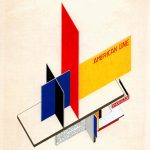
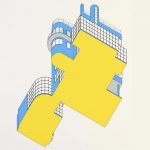
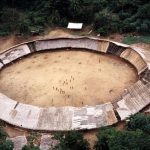
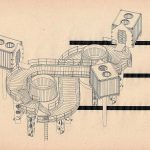
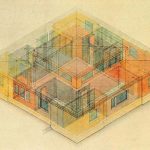
[…] Los puentes habitables como solución habitacional [ENG] […]